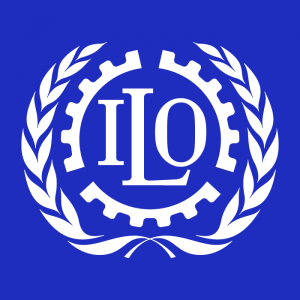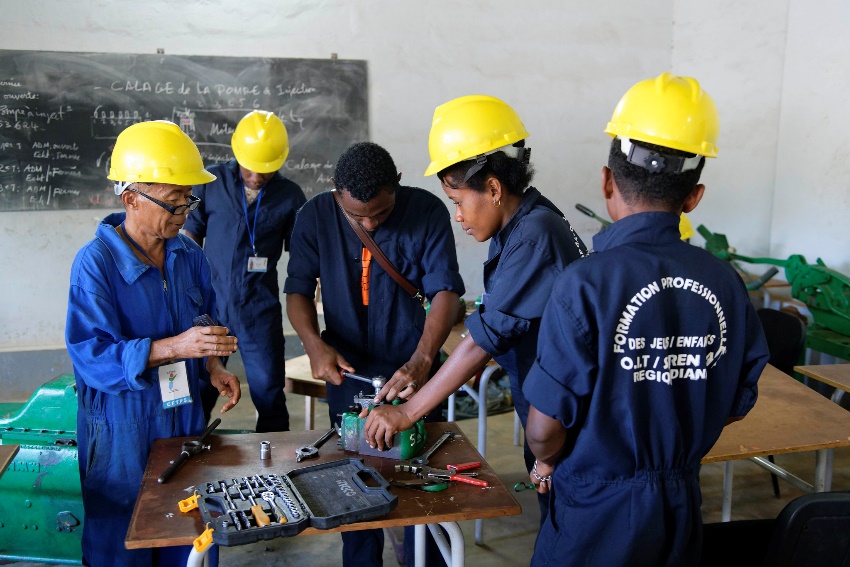OECD Skills Strategy Diagnostic Report: Italy 2017
OECD Skills Strategy Diagnostic Report: Italy 2017
English
International organizations
Information is gathered from other international organizations that promote skills development and the transition from education and training to work. The Interagency Group on Technical and Vocational Education and Training (IAG-TVET) was established in 2009 to share research findings, coordinate joint research endeavours, and improve collaboration among organizations working at the international and national levels.

Participation of employers' and workers' organizations

The world of learning and the world of work are separate but linked. While one involves learning, the other produces goods and services. Neither can thrive without the other. Strong partnerships between government, employers and workers help ensure the relevance of training to the changing needs of enterprises and labour markets.
Skills policies and strategies

Skills and employment policies should be viewed together. The full value of one policy set is realized when it supports the objectives of the other. For investments in education and training to yield maximum benefit to workers, enterprises, and economies, countries’ capacities for coordination is critical in three areas: connecting basic education to technical training and then to market entry; ensuring continuous communication between employers and training providers so that training meets the needs and aspirations of workers and enterprises, and integrating skills development policies with industrial, investment, trade, technology, environmental, rural and local development policies.
Training quality and relevance

Research papers
Working papers, reports, and other publications from international organizations, academic institutions and bilateral agencies. Research findings to stimulate informed debate on skills, employment and productivity issues.

- Implement the Alternanza Scuola Lavoro (ASL) by training school principals and teachers to effectively engage employers in the design of work-based learning activities and increase incentives for firms to hire trainees.
- Expand and improve the quality of professional tertiary education institutions (ITS).
- Increase overall investment in tertiary education.
- Subsidise training programmes that target low-skilled adults who often face difficulties in accessing such opportunities.
- Increase public and private investment in skills and improve how they are allocated through monitoring and evaluation.
- Improve the governance system to ensure that skills polices are aligned and coordinated.
Private sector
Skills indicators
Skills mismatch
Skills re-training
Skills utilization
Europe and Central Asia








